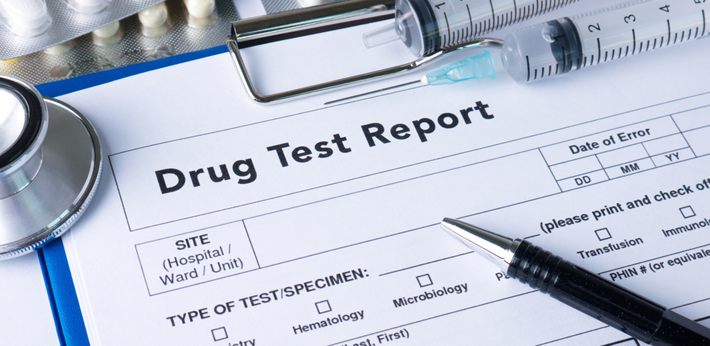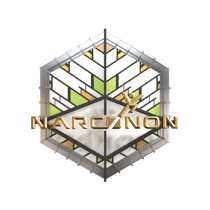National Workplace Drug Tests Reveal Increasing Drug Use
Every year, workplace drug testing company Quest Diagnostics releases a report on positive drug tests by American workers. Since they do more than ten million drug tests each year, they are in a unique position to analyze U.S. trends in workplace drug use. In 2016, their report noted sharp increases in the number of positive tests for some drugs.
This increase comes after several years of decreases. For a while, employed Americans were not using drugs as often, shown by this lower number of positive tests. And then, a few years ago, the numbers began to climb again. These 2015 results prove that the number of positive drug tests is the highest it’s been in ten years.
Which drugs have had significant increases since 2011? Amphetamine (up 44%), marijuana (up 26%) and heroin had an appalling 146% increase. Positive tests for oxycodone decreased in the same time period, which is logical because many people migrate from oxycodone to the less expensive heroin.
Oklahoma Drug Tests Included in this Analysis
Quest Diagnostics offers drug testing services in a number of Oklahoma cities. And those services are needed. In towns across Oklahoma, there have been reports of difficulty in finding employees who can pass drug tests. One boat repair business could not find drug-free employees so had to go back through the tests and offer jobs to applicants who had only tested positive for marijuana. That wasn’t what they wanted, however, but was what they had to accept in order to fill their ranks.

There are a variety of different workplace drug tests offered Oklahoma employers: urine, saliva, fingernail or hair tests. Urine and saliva tests detect recent drug activity (within a few days) and fingernail or hair tests detect drug use over a much longer period of time. So when a person tests positive on a saliva test, he has recently used a drug or drank alcohol. Quest’s analysis revealed a considerable increase in the number of positive tests of this type. In 2013, 6.7% of all saliva tests were positive for any drugs. But just two years later, this number had increased to 9.1%—a 47% jump.
In 2014, there were 1.4 million employees in Oklahoma. Since the national average for positive drug tests of any kind was 4%, Oklahoma could account for more than 53,000 drug-using employees. These people are at increased risk for illness, mistakes and workplace injuries. According to the National Council on Alcoholism and Drug Dependence (NCADD) a considerable number of people who were in the emergency room for workplace accidents tested positive for alcohol—16% of them. And for those who died in the workplace, 11% had been drinking.
Everyone Loses when Employees Use Drugs
Some people may think that what people do in their own time is their own business. But drugs have residual effects lasting long after the initial high. A person handling heavy machinery or who works in construction or on a fast-moving assembly line is at risk of injury or could cause an accident that could hurt someone else. Employers run the risk of losing effective employees and taking a financial hit if there are accidents. The best safety is in sobriety – which applies both in and out of the workplace.


